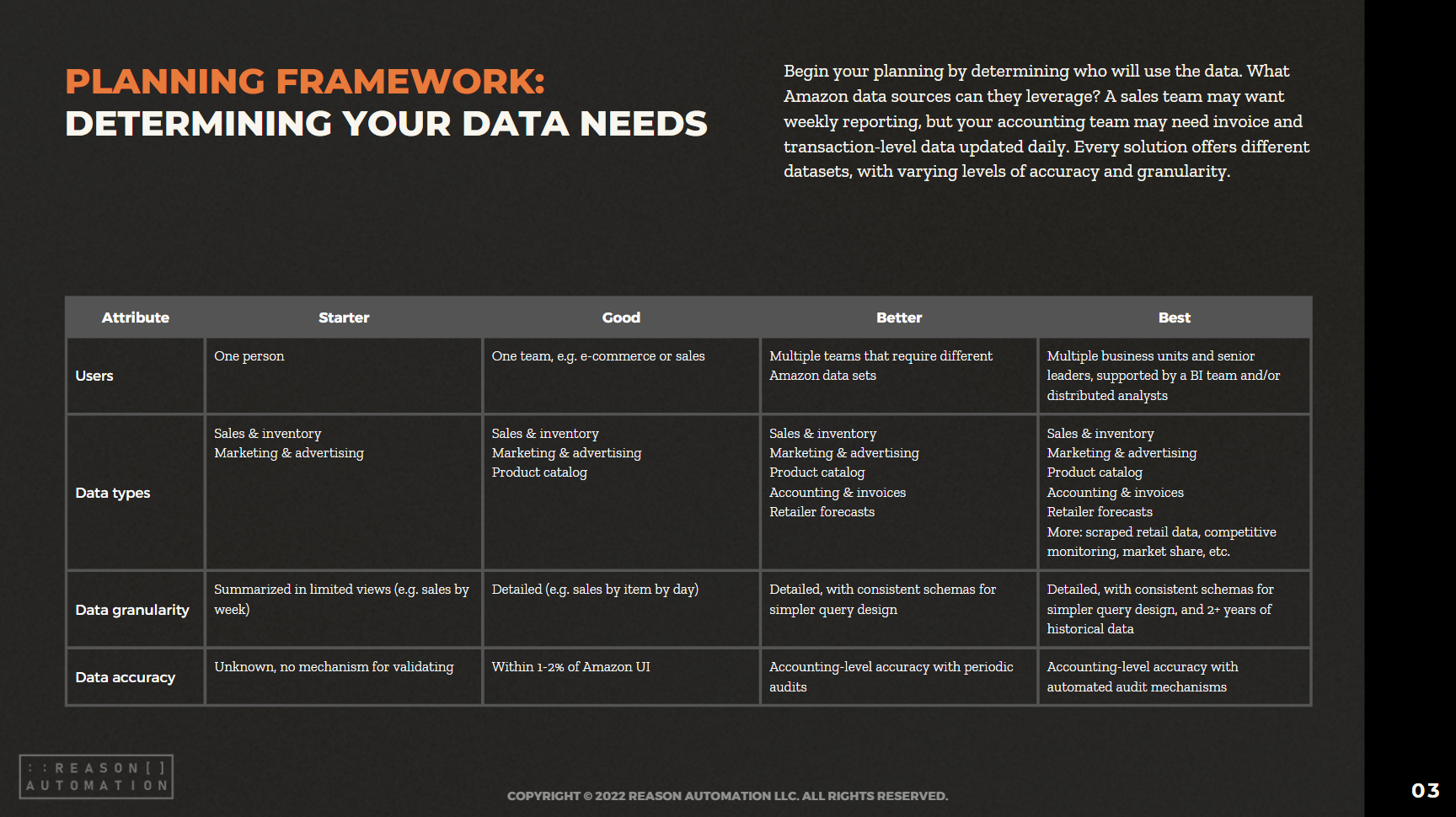Amazon Promotes Tool for Sellers to Refund Unhappy Customers
Amazon is encouraging sellers to use a new feature that allows brands that sell on Amazon to respond to poor customer reviews by refunding the item. However, some sellers question whether this is a good idea.
On Aug. 23, Amazon posted in the Amazon Seller Central Forum announcing that merchants could use the tool to build relationships with their customers by offering refunds to customers who leave reviews of 3 stars or less for a product.
"Drive brand loyalty and customer engagement by responding to customer reviews with three or less stars," Amazon stated in the post. "Brand owners can reach out to customers who have left critical reviews on their products with courtesy refunds or provide support directly through the Customer Reviews feature in Seller Central. Customer Reviews is available to brand owners under Brands tab on Seller Central."
Amazon noted that only the primary account holder can access customer reviews, and that secondary account users would need to request permissions from the primary account holder via the following path in Seller Central: Settings > User Permissions > Manage Permissions > Advertising > Customer Reviews.
Multiple sellers expressed skepticism at the feature, worrying that this would incentivize customers to leave bad reviews on perfectly good products in order to get a refund.
"By rewarding negative reviews, people will be more likely to leave negative reviews, and there will be websites with lists of Amazon brands that give refunds for negative reviews," one seller stated. "How does artificially lowering star ratings for products on Amazon help the honest customers?"
One limitation of the feature is that it only allows boilerplate responses instead of customized ones, limiting the amount of communication between the seller and the customer.
The feature has been available for several months now, but Amazon appears to be trying to get sellers to use the feature by announcing it again.
At least one seller said they had used the feature for months, noting there was a way to use it effectively by sending out the boilerplate email to offer to fix the issue first and then gauging the response.
"In the plainly obvious fake paid reviews the person won’t answer at all because they know what they did was malicious," the seller stated. "If a genuine customer was having difficulty with a product and the company who manufactures and sells it reaches out to help them with it, why else would they not answer at all?"
Joe Shao, Chief Product Officer at Reason Automation, said sellers should be wary of this feature as it may not be the best way to interact with your customers.
"When you receive a bad review, it's always important to show customers that you're responding to the negative feedback to 'make things right' and build a relationship with said customer," Shao said. "Since this is hidden behind email vs. a comment on the review, I think this defeats that purpose and makes this highly transactional."


